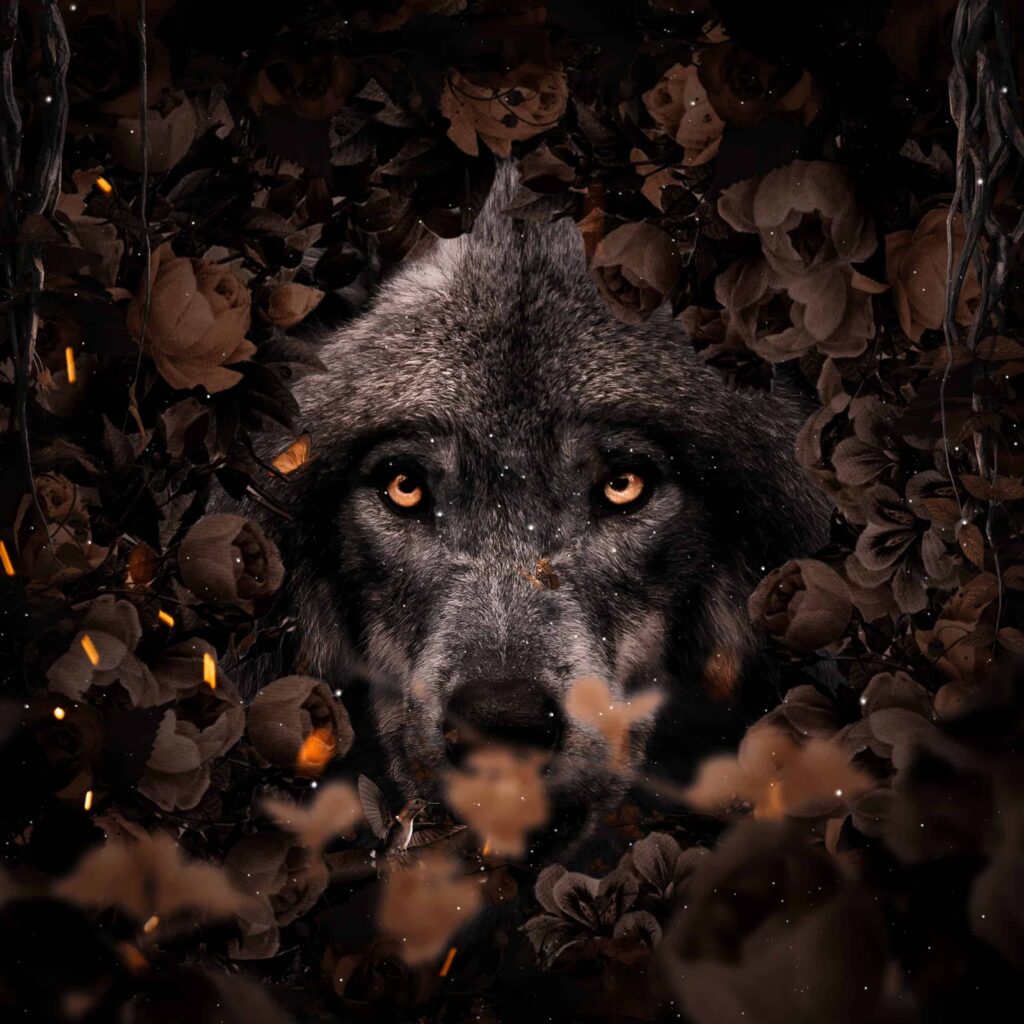Mastering the Art of 3D Retro Effects: Unveiling an Incredible Tone Curve Trick

Introduction:
In the vast realm of digital design, the pursuit of unique and captivating visual effects is an ongoing endeavor. One such mesmerizing technique that has gained significant popularity is the creation of 3D retro effects. Combining nostalgia with modern design, these effects transport viewers to a bygone era while maintaining a contemporary aesthetic. In this comprehensive guide, we will delve into the intricacies of crafting an amazing 3D retro effect, complemented by a groundbreaking tone curve trick that adds an extra layer of visual allure.
Section 1: Understanding 3D Retro Effects
Before embarking on the journey of creating a 3D retro effect, it’s essential to grasp the foundational principles of this design style. 3D retro effects are characterized by a harmonious blend of vintage aesthetics and three-dimensional depth. This fusion of the old and the new results in visually striking compositions that evoke a sense of nostalgia while embracing modern design sensibilities.
To achieve this effect, designers often utilize a combination of color grading, texture overlays, and clever manipulation of light and shadow. Additionally, incorporating elements such as chromatic aberration, lens flares, and subtle grain can further enhance the retro vibe, transporting the audience to a different era.
Section 2: Setting the Stage with 3D Elements
The key to a convincing 3D retro effect lies in the creation of a visually immersive environment. Start by selecting or creating a base image that aligns with the retro theme. Vintage scenes, old photographs, or even modern compositions can serve as excellent starting points.
Next, introduce 3D elements to the composition. This can include geometric shapes, typography, or even abstract forms that add depth to the overall design. Tools like Adobe Photoshop or Blender can be invaluable for integrating these elements seamlessly, allowing for precise control over their placement and orientation.
Section 3: Mastering the Tone Curve Trick
While the incorporation of 3D elements lays the foundation for a captivating design, the real magic happens with the application of the tone curve trick. This innovative technique involves manipulating the tone curve in image editing software to achieve a heightened sense of depth and dimensionality.
Begin by opening your image in a software that supports tone curve adjustments, such as Adobe Lightroom or Photoshop. Access the tone curve panel and, instead of making traditional S-curve adjustments, create a subtle ‘wave’ pattern. This unconventional approach mimics the distortions inherent in vintage photography, giving your composition an authentic retro feel.
Experiment with the placement of peaks and troughs in the curve to control the highlights and shadows. This tone curve trick not only enhances the 3D effect but also imparts a unique character to the overall image.
Section 4: Fine-Tuning and Refinement
With the 3D elements in place and the tone curve trick applied, it’s time to fine-tune and refine the composition. Pay attention to details such as color balance, contrast, and overall image cohesion. Experiment with different blending modes, opacity levels, and additional effects to achieve the desired visual impact.
Consider adding subtle imperfections like scratches, dust particles, or light leaks to further enhance the vintage charm. These nuanced details contribute to the overall authenticity of the 3D retro effect, making it more compelling and engaging for the audience.
Conclusion:
Creating an amazing 3D retro effect involves a thoughtful combination of design principles, creative intuition, and innovative techniques. By seamlessly integrating 3D elements into a chosen base image and employing the groundbreaking tone curve trick, designers can elevate their compositions to new heights of visual appeal. The fusion of nostalgia and modernity results in a captivating visual experience that resonates with viewers, making the effort invested in mastering this technique truly worthwhile. Embrace the power of 3D retro effects and let your creativity transport audiences to a world where past and present coexist in perfect harmony.







